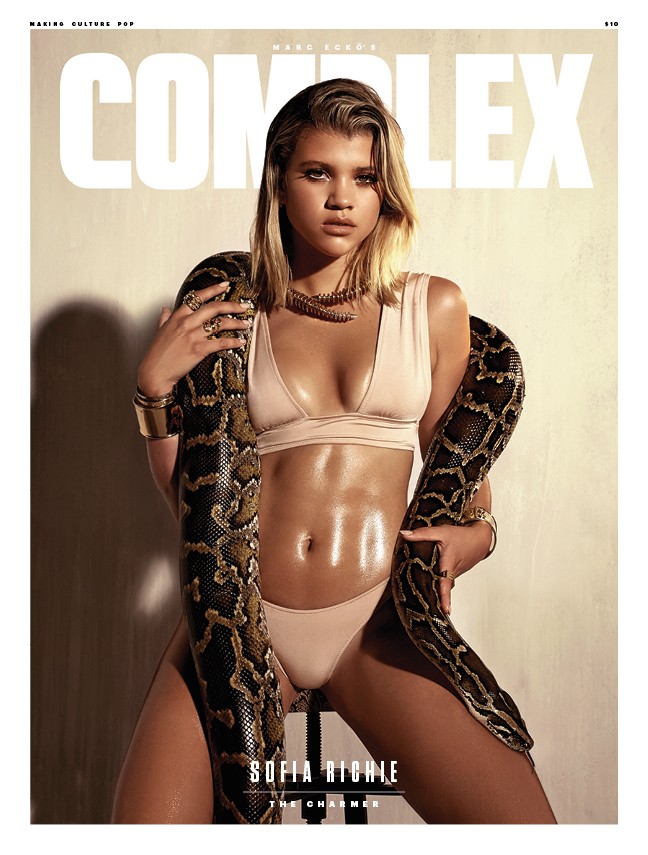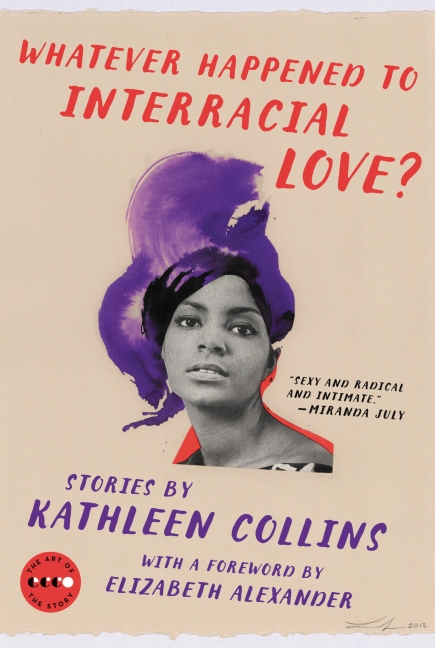The Color of American Genomics: Genetics in the Era of Racialized MedicinePosted in Health/Medicine/Genetics, Live Events, Media Archive, Politics/Public Policy, United States on 2016-12-08 03:36Z by Steven |
The Color of American Genomics: Genetics in the Era of Racialized Medicine
University of California, Los Angeles
306 Royce Hall
340 Royce Drive
Los Angeles, California 90095
Friday, 2016-12-09, 13:30-16:30 PST (Local Time)
SPEAKERS:
Michael Montoya, Associate Professor
University of California, Irvine
Sandra Soo Jin Lee, Senior Research Scholar
Stanford University
Joan Donovan
University of California, Los Angeles
Élodie Grossi
University of California, Los Angeles/EPIDAPO
Since the 1960s, American ethno-racial categories have been increasingly used to respond to the inclusion of ethnic and racial minorities in biomedicine and genetics. It has been the researchers’ very dedication to the positive ideals of diversity and to the struggle against medical disparities that has paradoxically allowed racial categories to massively gain ground in science. This half-day symposium aims to shed light on the scope of racialized science and the political and ethical considerations raised by this new paradigm.
This workshop is free and open to the public
Presented by EPIDAPO. Co-sponsored by the UCLA Institute for Society and Genetics.
For more information, click here.







